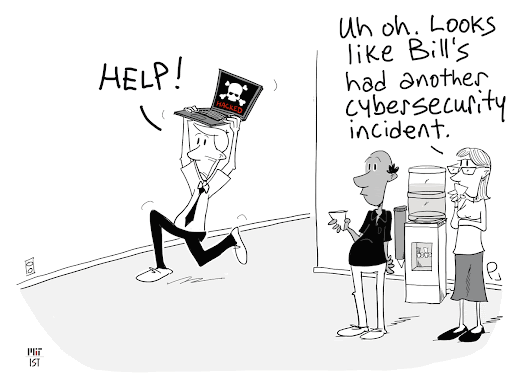Why Vendor Risk Management Is A Critical Piece Of Your Cybersecurity Strategy
Most companies spend significant resources on internal cybersecurity (rightfully so), for example, vulnerability scans, SIEM, centralized log management, or end-user security awareness trainings, and lot more. But unfortunately, they also tend to make a cardinal mistake of not extending the same diligence towards their vendors or third parties.
Sadly, they too often don’t seem to realize the full magnitude of dangers this approach involves. After internal employees, your vendors are the second weakest link of your (security) chain.
If your company chooses not to verify the security of its vendors/third parties, then it is significantly increasing its own RISK while reducing the security assurance of its own information systems.
It is essential for all security managers to realize that if a data-breach happens at your company and the cause of this breach is found to be at any of your third parties, it is still your company’s name and brand that is at risk. You are not absolved of your own legal responsibilities and your company may be penalized for this error.
Read the article to learn more .... and what to do about it:
Labels: Cybersecurity, Cybersecurity Strategy, Vendor Risk, Vendor Risk Management


















